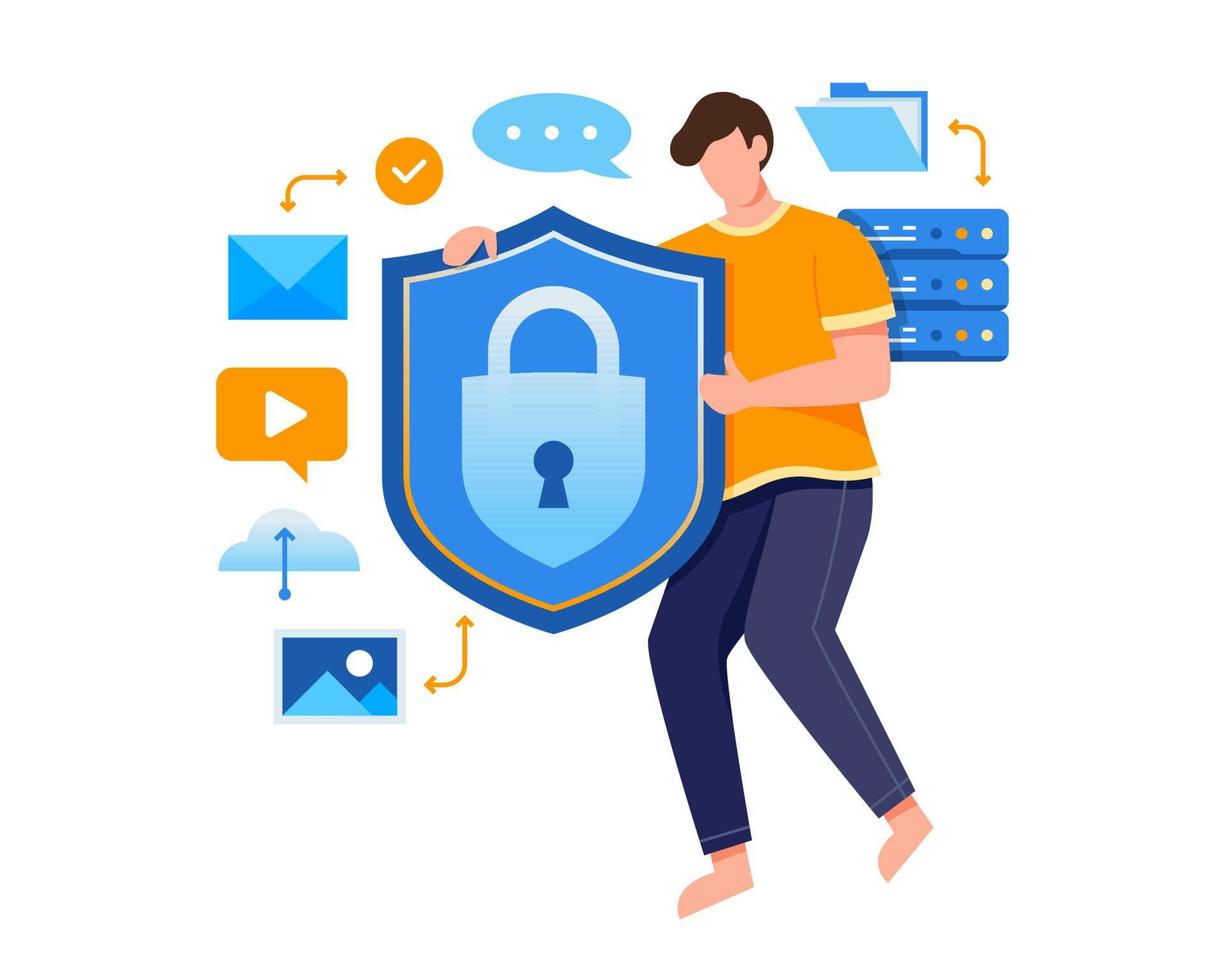In the digital era, ensuring the security of your online banking activities is more critical than ever. This blog post explores essential practices and tools needed to safeguard your transactions and personal information from prying eyes.
By adhering to these guidelines, you can protect yourself from potential threats and enjoy the convenience of digital banking with peace of mind.
Understand the Basics of Digital Banking Security
Before diving into the sophisticated tools available for protection, it’s crucial to grasp the fundamental principles of digital banking security. This includes recognizing the types of threats that exist, such as phishing, malware, and identity theft.
Understanding these risks is the first step towards implementing effective security measures. Regularly updating your banking software and operating system is a simple yet powerful method to minimize vulnerabilities.
Employing strong, unique passwords for your banking accounts and changing them periodically can significantly enhance your security posture. Additionally, enabling two-factor authentication (2FA) provides an extra layer of security, ensuring that only you can access your accounts.
Be wary of public Wi-Fi networks, as they could be fraught with security risks. When accessing your banking information, it’s safer to use a secure, private connection.
Tools to Enhance Your Online Banking Security
There are several tools designed to bolster your digital banking security. Utilizing a reputable Virtual Private Network (VPN) can secure your connection, encrypting your data and protecting your personal information from hackers.
Anti-virus and anti-malware software play a pivotal role in safeguarding your devices from malicious software that could compromise your banking details. Ensure that these tools are always updated to the latest version for optimal protection.
Consider using password managers to generate and store complex passwords. This not only strengthens your security but also simplifies password management, reducing the temptation to reuse passwords across different sites.
Stay Informed About the Latest Threats
One of the most effective strategies to protect your digital banking activities is to stay updated on the latest cybersecurity threats and trends. Cybercriminals continually evolve their tactics, and being aware of new threats helps you remain one step ahead.
Subscribe to reputable cybersecurity news sources and set up alerts for any breaches or threats relevant to your bank. Awareness and proactive measures are key components of robust security.
Regularly reviewing your bank statements and monitoring your accounts for any unusual activities can help you detect and address potential security breaches early on.
Never divulge your banking information via email or phone, especially to unsolicited requests. Phishing attempts can be highly sophisticated, and recognizing them is crucial for your financial security.
Participate in any security awareness training offered by your bank. These sessions can provide valuable insights into protecting yourself against fraud and identity theft.
Best Practices for Mobile Banking
As mobile banking becomes increasingly popular, securing your smartphone or tablet is paramount. Only download banking apps from official app stores to minimize the risk of installing malicious software.
Keep your mobile device’s operating system and apps updated to protect against security vulnerabilities. Additionally, avoid storing sensitive banking information directly on your device.
Enable remote wiping capabilities on your mobile device. This feature allows you to erase all data if your device is lost or stolen, preventing unauthorized access to your banking details.
Using biometric security features, like fingerprint or facial recognition, can offer an added layer of security for your mobile banking transactions.
Be cautious of SMS phishing (smishing) attempts, and never click on links sent via text messages from unknown or suspicious sources.
Conduct Regular Security Audits
Periodically reviewing your online banking security practices and tools is essential to maintain optimal protection. Assess your security settings, verify that all software is up to date, and ensure you are utilizing the best tools for defense against threats.
Consider consulting with cybersecurity professionals or your bank’s security team to evaluate your current security measures. They can offer personalized advice and recommendations based on the latest industry standards.
Regular security audits help identify potential vulnerabilities in your digital banking setup and provide an opportunity to reinforce your defenses.
Incorporating these best practices into your routine will significantly reduce the risk of falling victim to online banking fraud and theft.
In summary, leveraging the right tools and adhering to proven security practices can greatly enhance the safety of your online banking activities. By staying informed, conducting regular security audits, and implementing robust security measures, you can enjoy the benefits of digital banking without compromising your personal information and financial assets.


